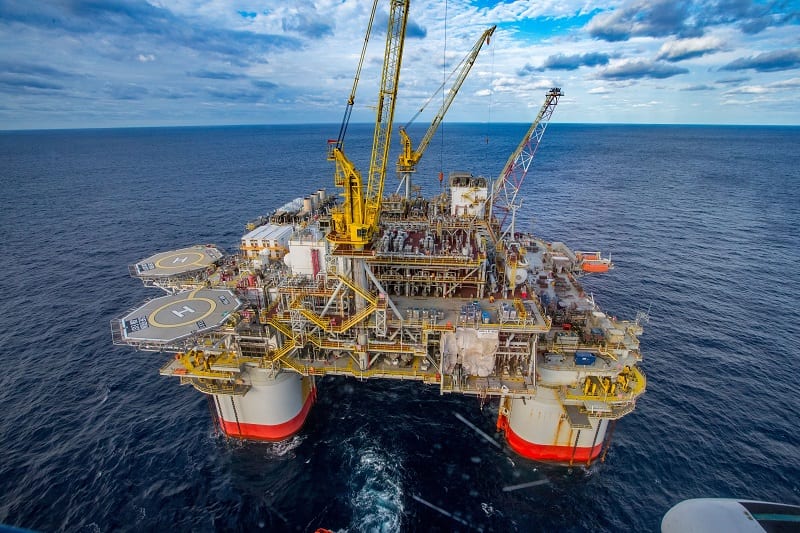Chevron Corporation on Wednesday announced a 2020 organic capital and exploratory spending program of $20 billion. The 2020 budget supports a robust portfolio of upstream and downstream investments, highlighted by the company’s world-class Permian Basin position, its major capital project at TCO in Kazakhstan, and an advantaged queue of deepwater opportunities in the Gulf of Mexico.
“We are positioning Chevron to win in any environment by ratably investing in the highest return, lowest risk projects in our portfolio. This will be the third consecutive year with organic capital spending held flat at $20 billion, continuing our capital discipline through the cycle. Our emphasis on short cycle investments is expected to deliver improved returns on capital and stronger free cash flow over the long-term,” said Chevron Chairman and CEO Michael Wirth.
As a result of Chevron’s disciplined approach to capital allocation and a downward revision in its longer-term commodity price outlook, the company will reduce funding to various gas-related opportunities including Appalachia shale, Kitimat LNG, and other international projects. Chevron is evaluating its strategic alternatives for these assets, including divestment. In addition, the revised oil price outlook resulted in an impairment at Big Foot. Combined, these actions are estimated to result in non-cash, after tax impairment charges of $10 billion to $11 billion in its fourth quarter 2019 results, more than half related to the Appalachia shale.
“We believe the best use of our capital is investing in our most advantaged assets,” Wirth continued. “With capital discipline and a conservative outlook comes the responsibility to make the tough choices necessary to deliver higher cash returns to our shareholders over the long term.”
Upstream
In the upstream business, approximately $11 billion is forecasted to sustain and grow currently producing assets, including about $4 billion for Permian unconventional development and about $1 billion for other international unconventional development. Approximately $5 billion of the upstream program is planned for major capital projects underway, of which about 75 percent is associated with the Future Growth Project and Wellhead Pressure Management Project (FGP / WPMP) at the Tengiz field in Kazakhstan. Global exploration funding is expected to be about $1 billion.
Downstream
Approximately $2.8 billion of planned capital spending is associated with the company’s downstream businesses that refine, market, and transport fuels, and manufacture and distribute lubricants, additives and petrochemicals.



